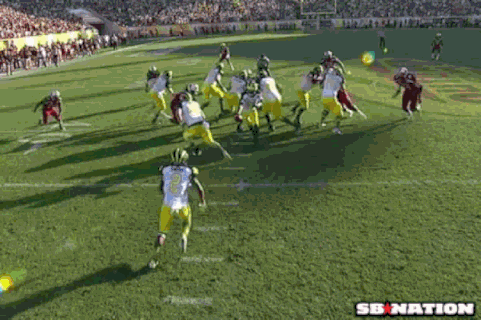Visit to the toy department. We visited the robotics toy department in the form of a high school football field to test the Mobile Virtual Player (MVP) Drive, an $8,000 robotic tackling dummy that has been adopted this year by 15 NFL, 33 college, and 50 high school football teams. Today, the goal of Drive is to reduce practice injuries and improve or modify drills. In the future, MVP will enter new markets, including law enforcement and military training (think dynamic target practice).
Robotic enhanced training is the future. While there’s no substitution for replicating game contact and real life situations, there are many uses where robotics can improve readiness. After spending an hour with the product, we left as believers that robotic enhanced training is here to stay.
MVP for dummies. If you’re new to the robotic enhanced training field, like we are, this note will get you up to speed. First, the facts about the MVP-Drive (Football) and MVP-Tactical (Military and Law Enforcement) products:
- Height: 5’8″
- Weight: 190lbs
- Speed: 20mph
- Battery Life: 6hrs
- Charging Time: 6hrs
- Price: ~$8,000
Safety. Traditional football and military training dummies are stationary or require physical direction by a human to move. The MVP-Drive dummy is the first mobile, remote-controlled, self-righting (when it falls down it gets back up) training dummy. Anyone can operate the dummy using an RC remote control. As you know, for the past 10 years there has been ongoing research on concussions and the impact of conditions such as Chronic Traumatic Encephalopathy (CTE) on former NFL players. Concussions are typically associated with huge, one-off hits; however, concussions more often occur from repeated impacts such as the continuous head-to-head contact that occurs during practice. According to MVP, more than 50% of both injuries and concussions occur during practice at the high school and collegiate level. MVP Training dummies eliminate the need for player-on-player contact, while still allowing players to practice proper fundamentals with full-speed reps.
Improve or modify drills. Drive gives coaches an added element to drills to create different scenarios. For example, Drive could act as pass rushers, moving tackling dummies, or even help players practice pursuit angles.
Passed Loup Ventures ease of use test. Drive’s speed and ease of control surprised us. Below, Loup Ventures put Drive to the test. With Alex Schwappach at the controls, Mark Grangaard attempted his best Jadeveon Clowney impression using MVP-Drive.


Top: Jadeveon Clowney, Bottom: Mark Grangaard
What coaches say. As mentioned, MVP-Drive is used today by 15 NFL teams, 33 NCAA programs, and 50 high schools. The Pittsburgh Steelers were the first NFL team to use the MVP-Drive in practice, and Head Coach Mike Tomlin said Drive has had a material impact on player safety and performance. At the NCAA, level Rich Rodriguez of Arizona and Chip Kelly (recently) of UCLA have also made comments about safety and performance improvements from using Drive. We believe as long as coaches see a direct correlation between dummy usage in practice and regular season games won, adoption will increase.
Additional markets of law enforcement and military. Similar to the MVP-Drive, the MVP-Tactical dummy allows military and law enforcement units to practice real-life scenarios with a mobile target. The current military training options are either fixed or reactive and only allow static, two-dimensional short-range training. Current options are predictable, do not provide instant feedback, and most of all fail to replicate the stress of a true operating environment. Mobile solutions do exist, however almost all of them have restricted motion and are inviable for training in close-quarters combat, a critical function of military and law enforcement. The MVP-Tactical dummy has 3 armored layers and is designed to withstand a .50 caliber bullet, yet will still protect against shrapnel and ricochet. It’s a great improvement from existing options.
Disclaimer: We actively write about the themes in which we invest: artificial intelligence, robotics, virtual reality, and augmented reality. From time to time, we will write about companies that are in our portfolio. Content on this site including opinions on specific themes in technology, market estimates, and estimates and commentary regarding publicly traded or private companies is not intended for use in making investment decisions. We hold no obligation to update any of our projections. We express no warranties about any estimates or opinions we make.